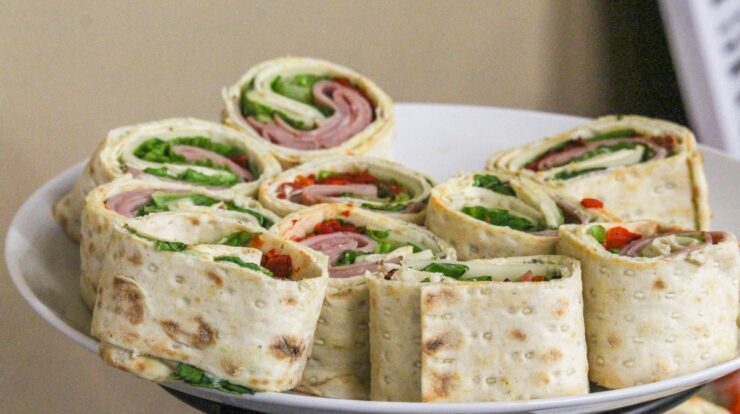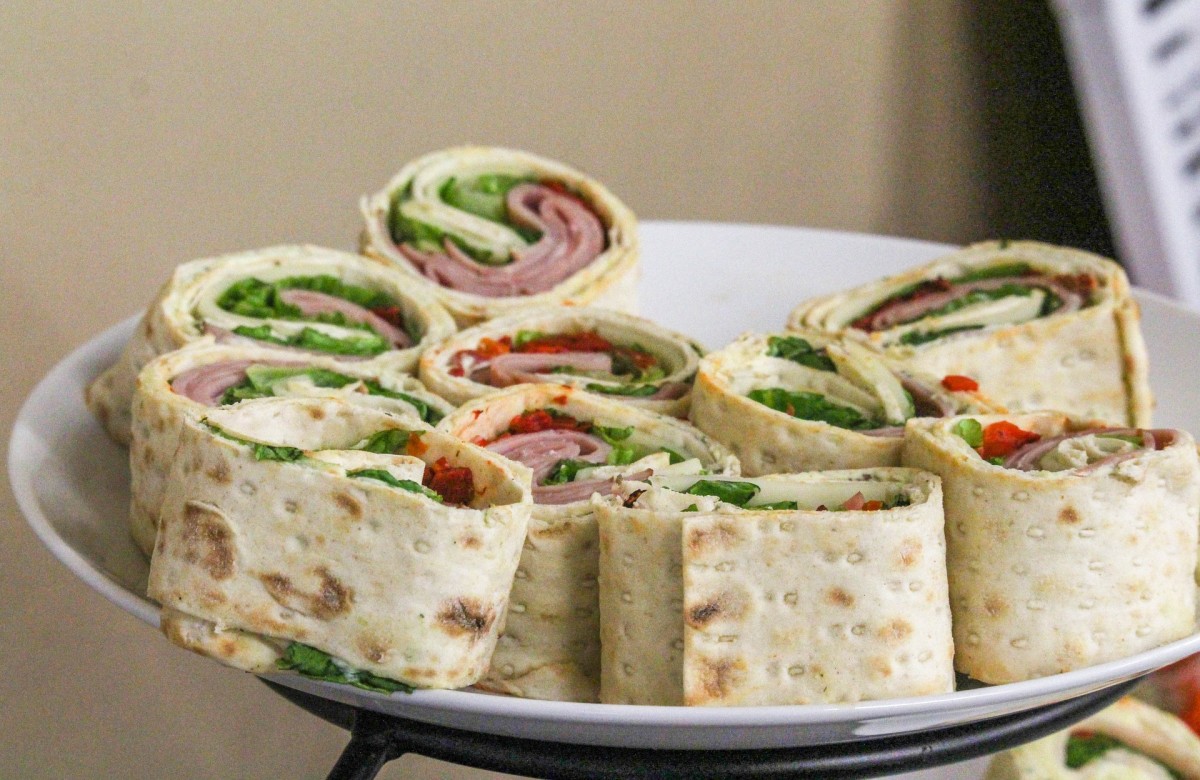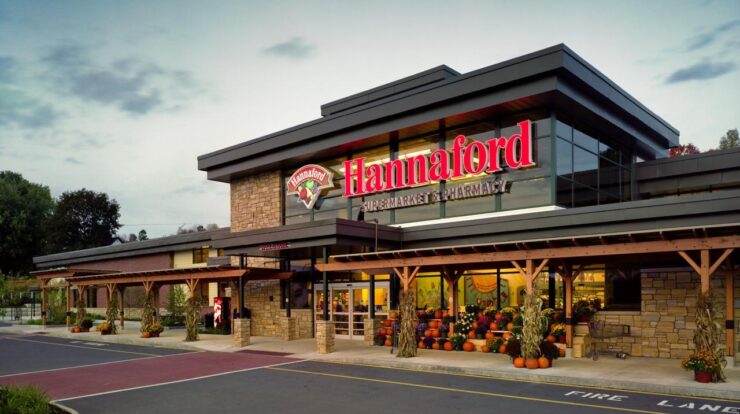
Prepare to delve into the multifaceted world of wrapping, where the mundane transforms into the extraordinary. Wrap definition takes center stage, setting the stage for an exploration that unravels the cultural, artistic, and practical dimensions of this age-old practice.
From the delicate folds of gift wrapping to the protective embrace of food wraps and the stylish drape of clothing, the act of wrapping transcends mere functionality, becoming an expression of creativity, care, and tradition.
Definition and Meaning

The term “wrap” holds a multitude of meanings across various contexts. In general, it refers to the act of enveloping something, covering it completely or partially.
In the context of packaging, “wrap” signifies the material used to protect and contain items. It can be paper, plastic, or fabric, serving purposes such as preserving freshness, providing insulation, or enhancing presentation.
In the realm of fashion, “wrap” describes clothing items that can be fastened around the body, often with an overlapping closure. These include wraps, shawls, and scarves.
Beyond these common interpretations, “wrap” also finds application in computing, where it denotes a function that breaks text into lines of a specified width.
Types of Wraps, Wrap definition
The diverse applications of “wrap” have led to the emergence of numerous types, each tailored to specific purposes.
- Gift Wraps:Decorative papers and fabrics used to enhance the presentation of gifts, adding a touch of festivity and personal style.
- Food Wraps:Materials such as plastic wrap, aluminum foil, and parchment paper used to preserve the freshness and quality of food items.
- Clothing Wraps:Shawls, scarves, and wraps made from fabrics like wool, silk, or cotton, worn for warmth, style, or cultural significance.
Techniques and Methods
Mastering the art of wrapping requires skill and precision. Different techniques exist for various types of wraps:
- Gift Wrapping:Involves precise folding, cutting, and securing of wrapping paper to create a visually appealing and secure package.
- Food Wrapping:Requires careful selection of materials to ensure proper preservation and prevent contamination.
- Clothing Wraps:Techniques vary depending on the fabric and desired style, ranging from simple draping to intricate knotting.
Cultural Significance
Wrapping transcends its practical applications, holding cultural and symbolic meanings in various societies:
- Gift Giving:In many cultures, wrapping gifts is considered an act of respect and appreciation, adding a personal touch to the gesture.
- Religious Rituals:Wrapping plays a significant role in certain religious ceremonies, representing purity, protection, or spiritual significance.
- Traditional Dress:Wraps are integral to traditional attire in many cultures, symbolizing cultural identity and heritage.
Artistic Applications
The versatility of wrapping extends beyond its traditional uses, finding expression in various artistic fields:
- Design:Wraps are used in interior design to create visual interest, add texture, and enhance ambiance.
- Architecture:Wrapping techniques are employed in architectural design to create innovative and visually striking structures.
- Sculpture:Artists use wrapping as a medium to create unique and thought-provoking sculptures.
Sustainability and Environmental Impact
The widespread use of wraps raises concerns about their environmental impact:
- Plastic Wraps:Single-use plastic wraps contribute to plastic pollution, harming wildlife and ecosystems.
- Paper Wraps:While biodegradable, paper wraps still require resources to produce and can end up in landfills.
- Sustainable Alternatives:Eco-friendly options include reusable wraps made from beeswax, fabric, or silicone.
Innovative Uses
Beyond its conventional applications, wrapping finds innovative uses in various fields:
- Medical:Wraps are used for wound dressings, providing protection and promoting healing.
- Industrial:Wraps are employed in manufacturing to protect and secure components during transportation and storage.
- Transportation:Wraps are used to protect vehicles during shipping and storage, preventing damage and scratches.
Closing Summary

As we reach the end of our wrapping odyssey, it becomes evident that this seemingly simple act holds profound cultural, artistic, and environmental implications. Whether adorning a gift, preserving food, or creating a fashion statement, wrapping empowers us to connect with our heritage, express our creativity, and make conscious choices that shape our world.
FAQ Corner: Wrap Definition
What are the different types of wraps?
Wraps encompass a wide range of materials and purposes, including gift wraps, food wraps, and clothing wraps, each tailored to specific needs.
How can I wrap gifts professionally?
Achieving a professional gift wrap requires precision and attention to detail. Follow step-by-step techniques to create crisp folds, secure corners, and add finishing touches that elevate the presentation.
What is the cultural significance of wrapping?
Wrapping transcends its practical purpose, carrying cultural and social meanings. In various societies, it symbolizes respect, celebration, protection, and the传递 of blessings.





